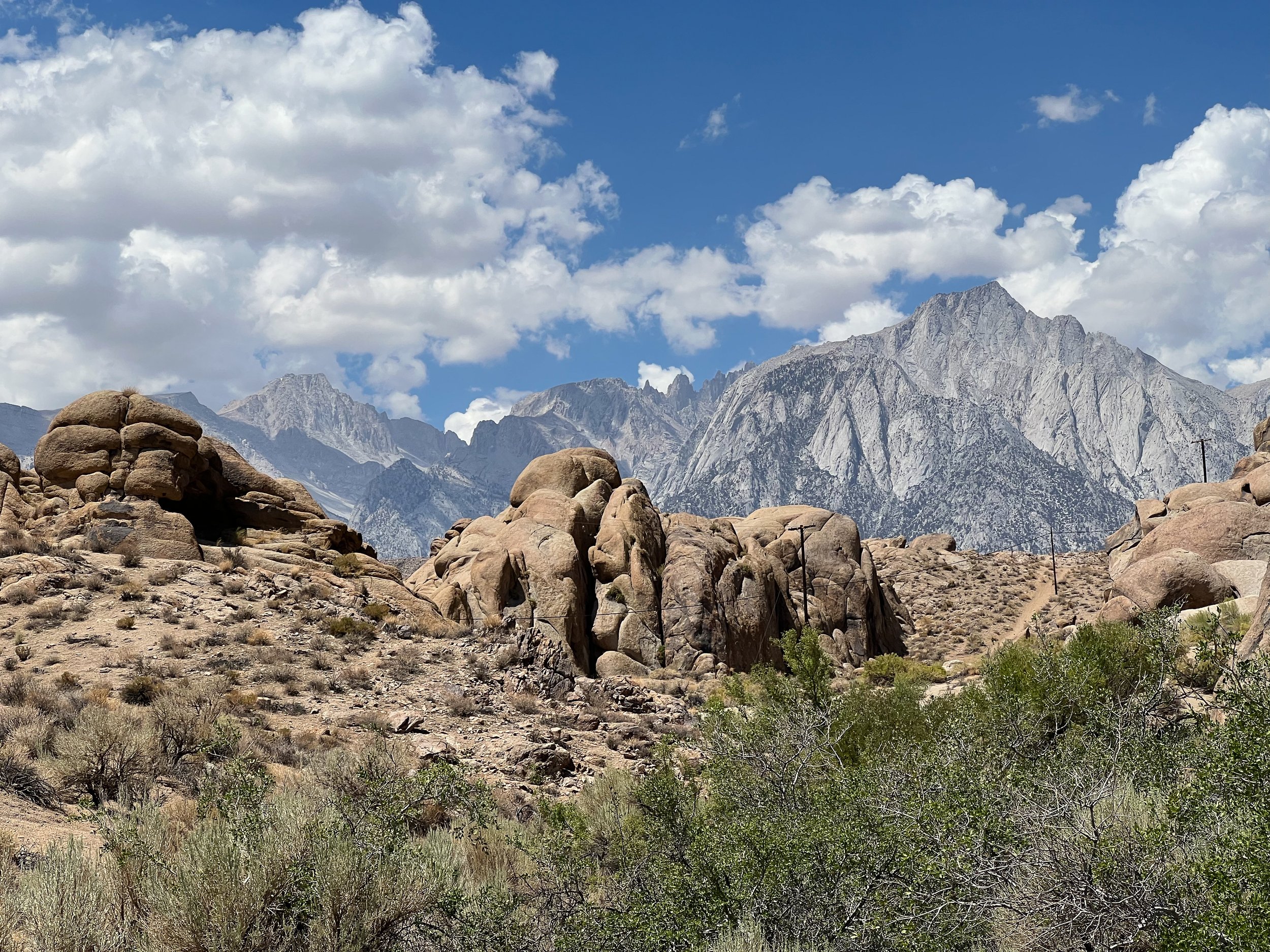
Geology and History of the Alabama Hills
Nestled in the Owens Valley with a stunning backdrop of the Sierra Nevada, the Alabama Hills are a geological marvel steeped in both natural beauty and a rich history. This iconic landscape, characterized by its intricate rock formations and natural arches, embodies the spirit of the American West.
Uncovering how these hills formed, understanding the influence of weathering, and acknowledging its cultural significance provides a multifaceted look into Alabama Hills' past and present. This guide explores the region's geology, indigenous history, and its role in film and culture.
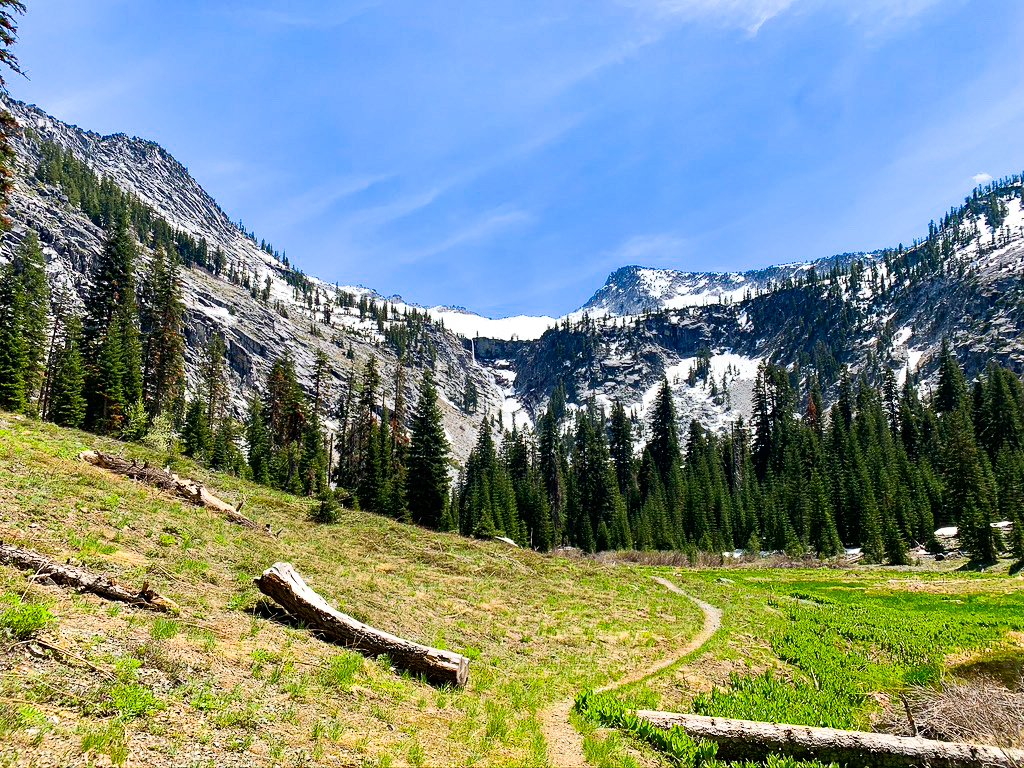
Treasure Tales: 5 Stories of Gold Discovery in California
In 1848, California became the backdrop for a pivotal historical event—the Gold Rush. This era began with James W. Marshall’s first major gold discovery at Sutter's Mill, near Coloma, California, sparking a massive influx of settlers and miners to the region. The ensuing gold fever transformed California, both economically and socially, as the state witnessed explosive population growth from less than 15,000 to 225,000 by 1852, and set the stage for numerous tales of lost treasures and undiscovered gold throughout the Sierra Nevada.
This article explores five captivating stories of gold discovery in California, unearthing the legend and lore of treasures that continue to intrigue and tantalize. From the Saddle Ridge Hoard to the elusive loot of Rattlesnake Dick, the Mormon Gold of Clear Creek, Black Bart's hidden fortune, and the unfound treasure of the Ruggles Brothers, each tale offers a glimpse into the adventurous spirit and the lure of untold wealth that have become inseparable from California's golden history.
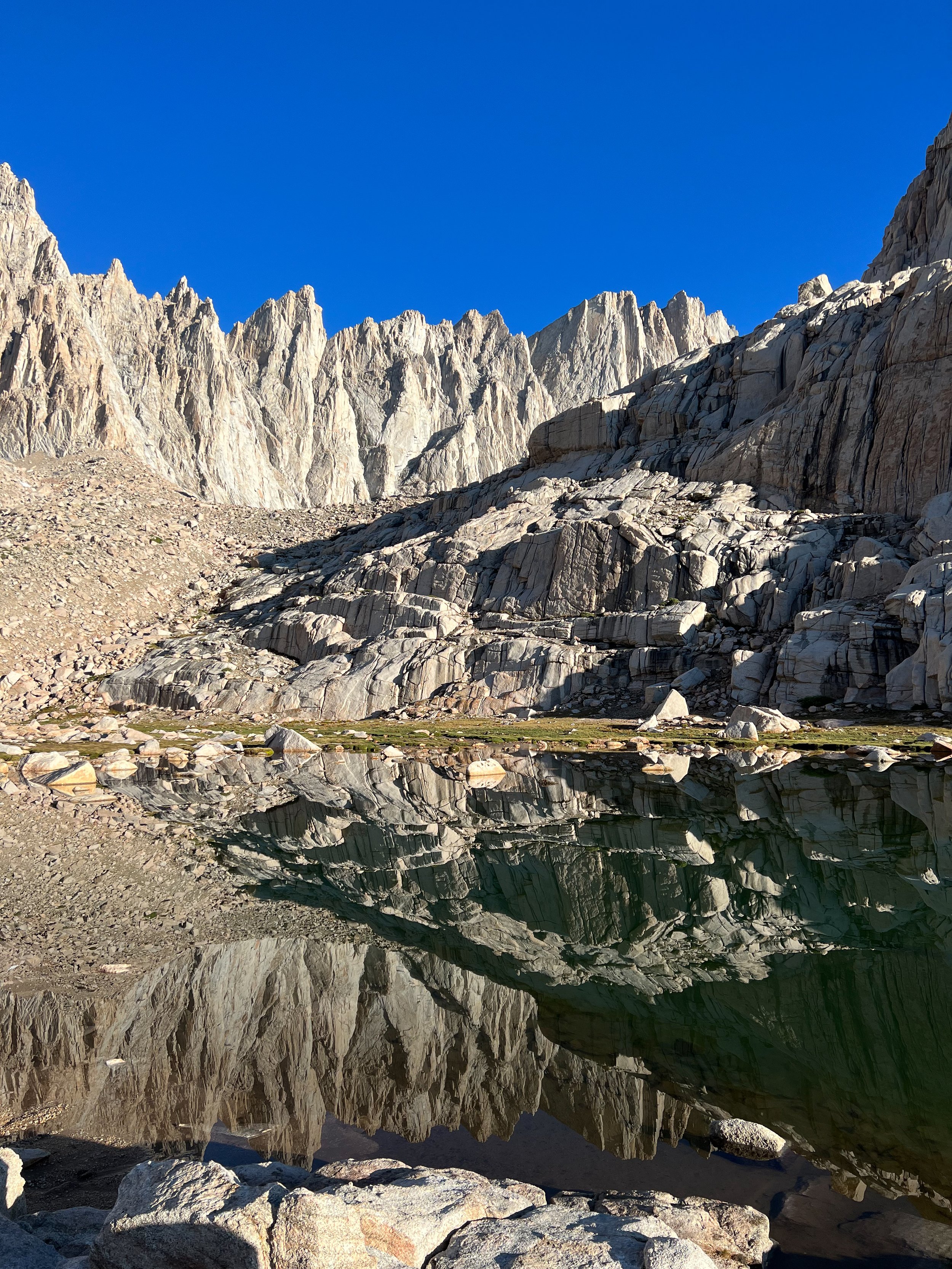
Discovering the Peak: The First Summit of Mount Whitney
Mount Whitney stands as the highest mountain in contiguous U.S. reaching an impressive height of 14,505 feet. This granite giant, part of the Sierra Nevada Batholith, is named after Josiah Whitney, a man who never summited the mountain.

Kearsarge Pass: A Peek Into Its History
Kearsarge Pass, in the heart of the Sierra Nevada high country, stands as a majestic gateway at an elevation of 11,709 feet, bridging the wild expanse between Kings Canyon National Park and the John Muir Wilderness in the Inyo National Forest.
The significance of Kearsarge Pass extends beyond its beauty alone; it is steeped in history, being first crossed in 1864, and today, it continues to play an essential role in outdoor recreation and conservation. This article explores the chronicles of Kearsarge Pass, from its early explorations and naming to its role in mining, the ecology of its natural features, its connection with the prestigious John Muir Trail, and its historic importance, right up to the present-day conservation efforts that seek to preserve its unparalleled natural beauty for generations to come.
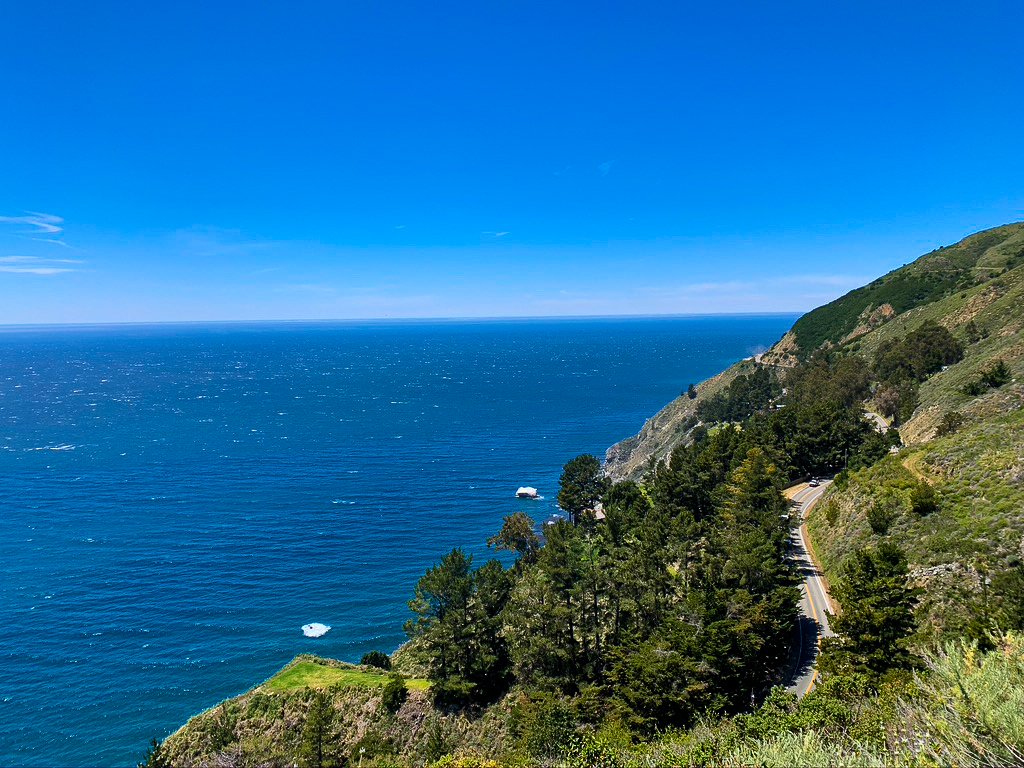
The Dark Watchers of Big Sur and the Santa Lucia
Big Sur is celebrated for its extraordinary landscape and the stunning Santa Lucia Mountains that rise sharply from the Pacific Ocean. These mountains, creating a dramatic backdrop against the ocean, invite cool temperatures and thick fog, adding to Big Sur's allure and mystery.
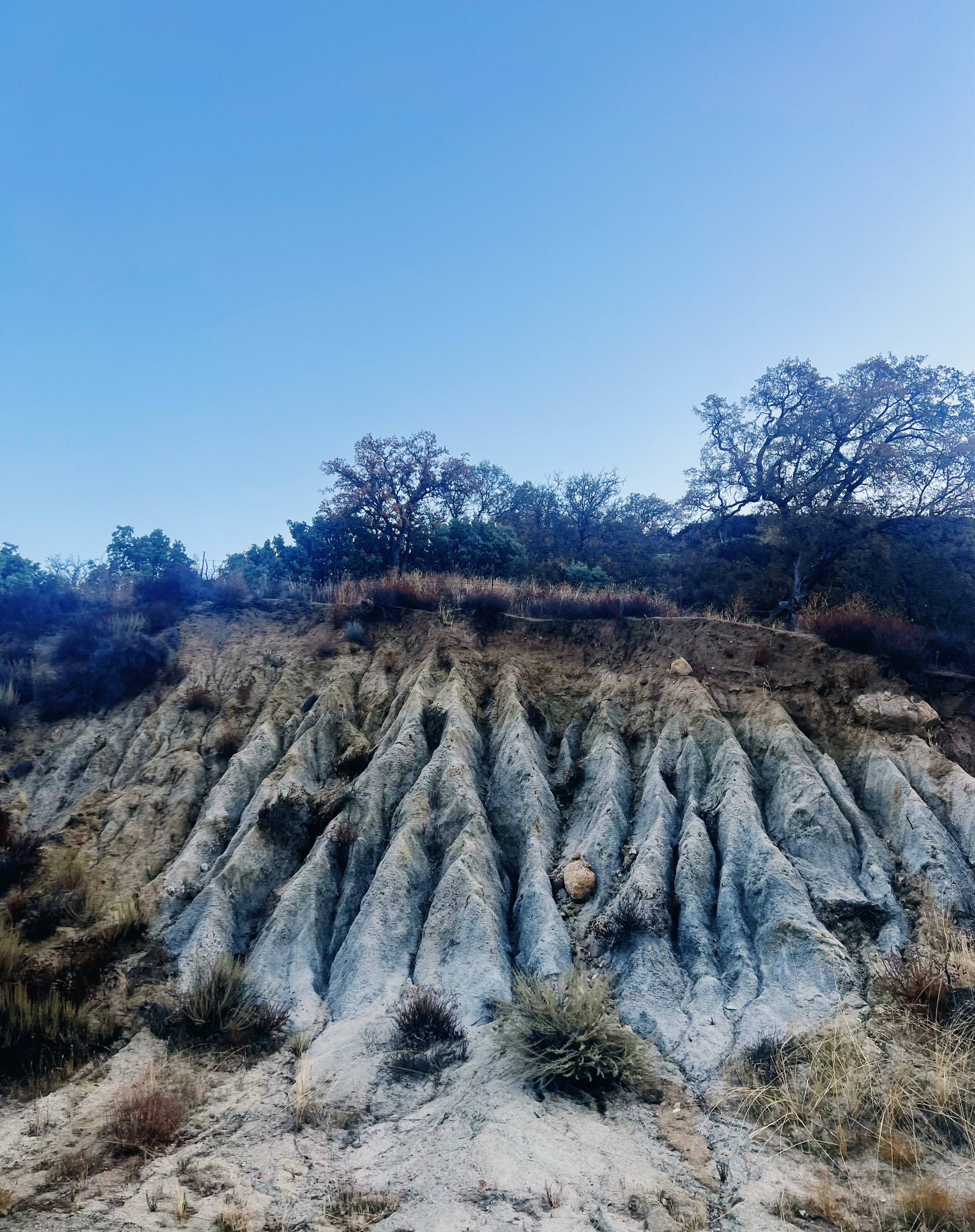
Tiburcio Vásquez: The Man, The Myth, The Legend
Tiburcio Vásquez was born in 1835 in Monterey, California and became one of the most iconic American Outlaws of all time. His legacy blends into the mythos of the Wild West with tales of daring, betrayal, and a quest for justice. His life, set against the backdrop of a California rapidly transforming under American annexation, encapsulates a turbulent period of history where the line between villain and hero blurs. A descendant of early settlers from the De Anza Expedition of 1776, Vásquez's legacy is etched into the very landscape of California, from the Vasquez Rocks in Los Angeles County to the historical narratives that paint him either as a ruthless bandit or a Californio Robin Hood.
Spanning the years 1854 to 1874, Vásquez's story unfolds across a California where loyalty, honor, and vengeance drive actions just as much as the pursuit of justice and equality. His exploits, leading up to his capture and execution in 1875, feed legend that surrounds his name, making him a figure of ongoing fascination and debate. As this article explores the intricate tapestry of Tiburcio Vásquez's life—from his early years in Monterey, through his ascendancy as a noted bandido, to his ultimate fate—we delve into the complexities that define a man turned myth, examining the motives, the myths, and the undeniable mark he left on California's history.